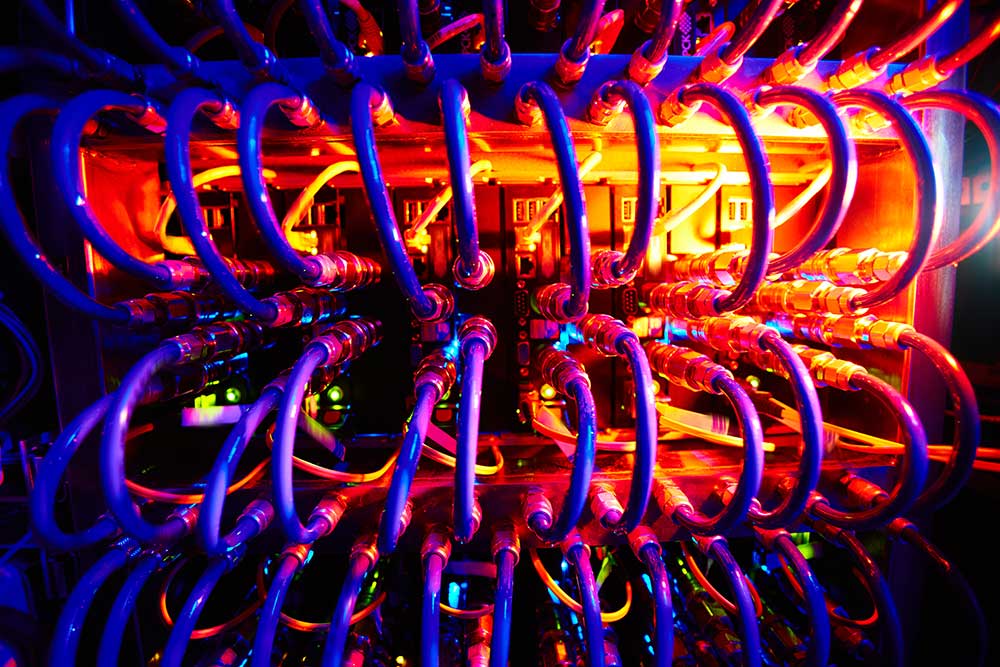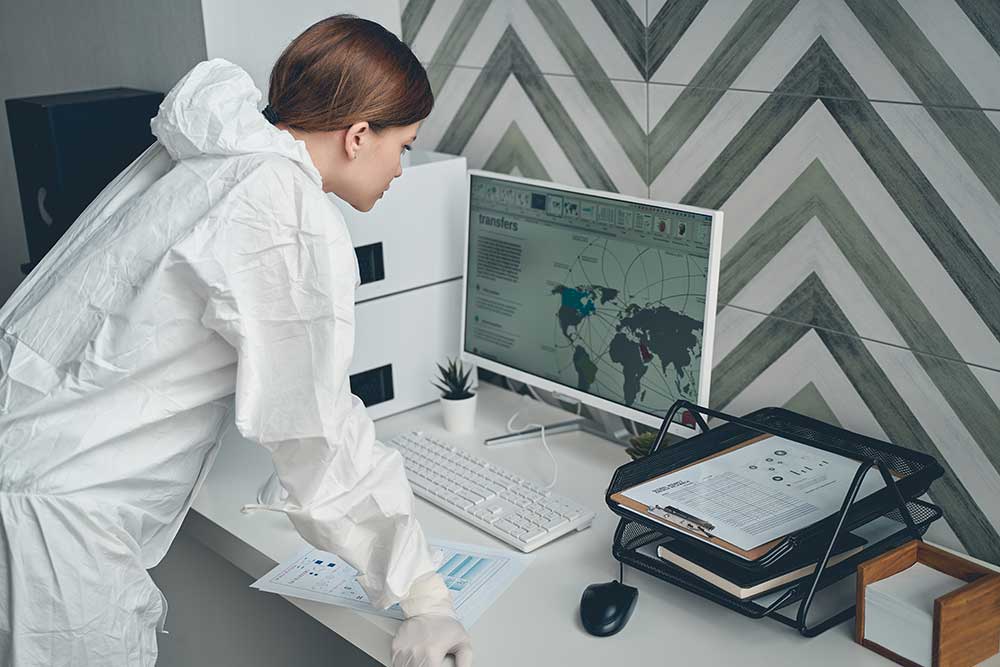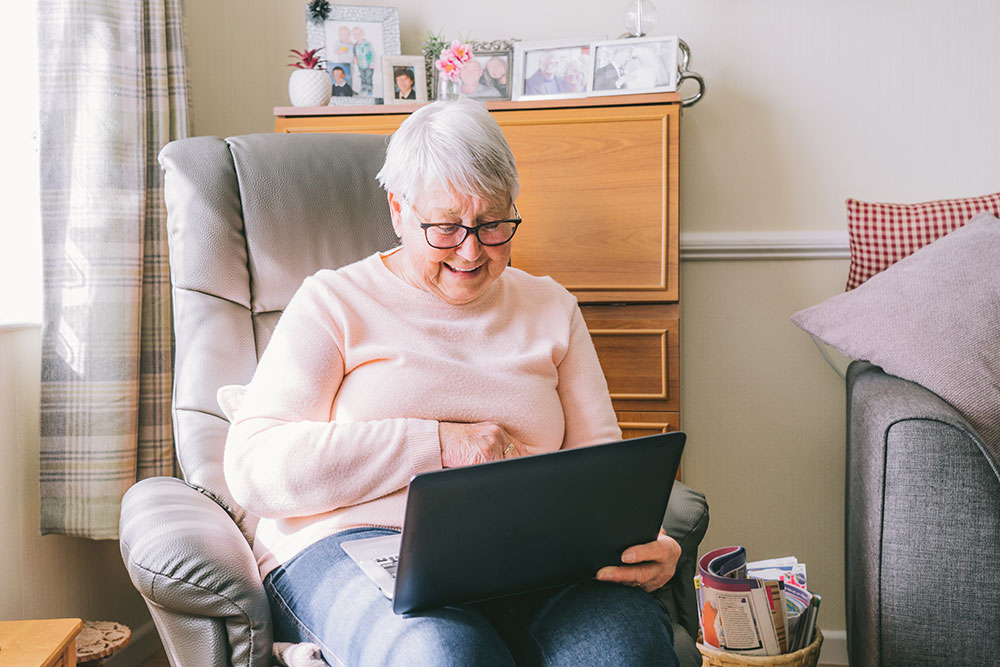When’s the last time you went for a check up? In our fast-paced, digitally-driven world, we are continuously witnessing the transformative power of technology across various industries.
One sector that’s riding this wave of digital transformation is healthcare, with eHealth becoming a crucial part of its evolution. High-speed fibre optic internet, in particular, is dramatically reshaping the way we approach healthcare.
The Advent of eHealth
As the global eHealth market is projected to reach an impressive $314.55 billion by 2027, it’s evident that this industry is ripe for growth and innovation. eHealth, or electronic health, refers to the use of information and communication technologies (ICT) for health services. The proliferation of fibre optic internet is fueling this burgeoning sector by facilitating faster, more efficient communication and data transfer between healthcare providers and patients.

But what’s the secret sauce powering this digital health revolution? Let’s unveil the game-changer: Fibre optic internet.
Fibre Optic Internet: A Game-Changer for eHealth
How Fibre Optic Internet Works
Whether you’re streaming a TV show, working from home, or playing video games, you need an internet connection that will give you an excellent, interruption-free connection. That’s where Fibre Optic Internet comes in! It is truly an engineering marvel that has revolutionized data transmission. But how does it really work?
At the heart of this technology are thin strands of glass or plastic known as optical fibres. These fibres are as thin as a human hair but possess the incredible ability to carry digital information over long distances.
Data is transmitted through these fibres in the form of light pulses. A light source, usually a laser, generates these pulses, which then bounce along the fibre, thanks to a principle of physics called total internal reflection.

Unlike traditional copper wires, which can suffer from signal degradation over distances, fibre optics are immune to electromagnetic interference, allowing data to be transmitted with minimal loss and at much higher speeds. This characteristic of fibre optics is what makes them so valuable in the realm of high-speed internet and, consequently, eHealth.
Armed with an understanding of how it functions, let’s explore how fibre Optic Internet is significantly impacting eHealth.
How is Fibre Optic Internet Affecting eHealth
The global fibre optics market is growing at a rapid pace. Its market size was valued at USD 4.48 billion in 2019 and is projected to reach USD 9.73 billion by 2027, exhibiting a CAGR of 10.3% during the forecast period. This is mainly due to the growing need for reliable, high-speed, and scalable communication infrastructure networks.
Fibre optic technology, being ten times faster than standard cables and carrying much more data than copper cables of the same diameter, has led to its high adoption rate. This high-speed connectivity is revolutionizing eHealth in several ways:
Real-Time Telemedicine
High-speed fibre optic internet allows for seamless, real-time telemedicine services. Patients can now consult with healthcare professionals from the comfort of their homes, eliminating geographical barriers to healthcare access. Video consultations, remote patient monitoring, and digital diagnostics are made possible thanks to high-speed internet.
Enhanced Data Transfer
Medical data often includes large files like MRI scans, CT scans, and X-rays. High-speed internet enables quick and efficient transfer of these large files, allowing healthcare providers to access crucial patient data in real time.

Improved Patient Engagement
With faster internet speeds, patients have easier access to their medical records and health information, promoting greater engagement with their healthcare. Moreover, healthcare providers can utilize virtual healthcare platforms to provide personalized care plans, medication reminders, and health updates to patients.
As this digital shift in healthcare takes hold, it’s worth assessing our readiness to embrace it. Let’s delve into some recent findings on eHealth readiness.
The Impact of Fibre Optic Internet on eHealth Readiness
A study aimed to assess the impact of interventions such as the implementation of Superfast broadband, discussions with general practitioners, and personalized eHealth skill booklets on eHealth readiness. The study found that eHealth readiness improved over 18 months, indicating a growing acceptance and ability to use eHealth services, particularly in areas with high-speed internet connectivity.
People in Cornwall, for instance, became more ready to adopt eHealth services, increasing both their personal ability to use eHealth and their methods of access. The implementation of Superfast broadband may have contributed to this; a clear testament to how high-speed fibre optic internet can enhance the adoption and readiness of eHealth services, without getting bogged down by factors that slow down internet speeds.
With this transformation in full swing, let’s peek into the future to imagine what eHealth might look like, powered by fibre Optic Internet.
The Future of eHealth with Fibre Optic Internet
As we look forward to the release of advanced facilities like the Medicine Hat Radiology Clinic, the crucial role of high-speed internet in promoting eHealth becomes even more apparent. With the ability to transfer large volumes of data at lightning speeds, fibre optic internet is the backbone that supports digital transformation in healthcare.
Given the incredible potential of fibre optic internet and its transformative impact on eHealth, we can expect a future where healthcare is more accessible, efficient, and personalized. Whether it’s real-time telemedicine, enhanced patient engagement, or improved data transfer, high-speed fibre optic internet is leading the charge in revolutionizing healthcare as we know it.

As we navigate this exciting digital landscape, one thing is clear – the future of healthcare is here, and it’s powered by fibre optic internet. The potential of this technology in the realm of eHealth is immense, opening up new avenues for virtual health care and high-speed internet that we are only beginning to explore.
Living in Brooks, Alberta? Don’t let unreliable and slow internet hamper your eHealth experience. Connect to BrooksNET open access fibre optic network and revolutionize your eHealth journey. Sign up today!

